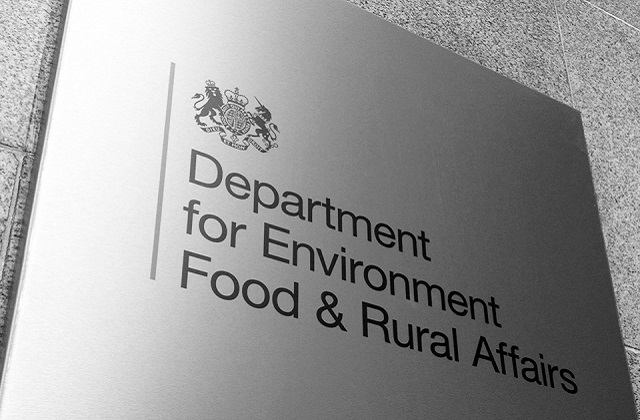
The Government has published a consultation on the next phase of its TB eradication strategy, which has been covered in the Guardian, iNews and on BBC R4 Farming Today.
Bovine tuberculosis is one of the most difficult and intractable animal health challenges that England faces today, causing devastation for farming and rural communities and leading to tens of thousands of cattle being culled each year.
Our strategy to eradicate bovine TB in England is turning the tide on this disease with the lowest number of new bTB breakdowns in nearly twenty years. The latest proposals will ensure this downward trend continues, and all culling decisions taken under the new targeted approach will continue to be led by the very best scientific and epidemiological evidence.
We are proposing that culling should be available in the High Risk Area and Edge Area of England, in areas where there are high levels of infection in cattle, and where evidence suggests badgers are part of the problem in the spread of disease to these herds.
We have always been clear that culling would remain an option where epidemiological assessment indicates that it is needed. This consultation sets out an evolution of our ongoing disease control. We will still cull badgers where there is evidence to do so, and we will move to protect those in areas where we’ve stopped their current role in spreading disease.
We do not aim to remove all badgers in the culls and that is not the aim of this new policy, rather we want to lower the badger population to reduce infection. Measures will remain in place to prevent local extinction of the badger population.
Culling would continue until the disease situation inside the cluster has been deemed to have improved sufficiently, such that it is no longer deemed a cluster, or the prevalence of infection in badgers has been reduced substantially. Badger vaccination would then take place to maintain disease control benefits.
Environment Secretary Steve Barclay said:
Bovine TB has taken a terrible toll on farmers, leading to the loss of highly prized animals and, in the worst cases, valued herds.There are no easy answers in the battle against TB, but badger culling has proved highly effective and needs to remain a key part of our approach.
Our strategy has led to a significant reduction in this insidious disease, which we will continue to cull in areas where the evidence confirms it is required, as well as making use of vaccinations.
3 comments
Comment by Michael Rees Hughes posted on
You have not proved that culling works. You have been challenged repeatedly to provide peer review- ed evidence that it does and you have failed. Try and explain how a respiratory disease passes between animals that rarely ever meet. Be honest and admit that cattle to cattle infection (the result chiefly of faulty testing) is and always has been the major causeofbTB spread.
Comment by Derek Stewart Smith posted on
Badgers are very destructive to the countryside and carry other diseases besides TB
Comment by Simon Broddle posted on
Why no vaccination? Within three years the national beef herd would be covered and the dairy herd covered in eight or so.
Also, catch and vaccinate badgers where possible. Clinically sick badgers euthanised.
The spread would slow straight away as the back & forth transmission would slow and stop.
Within a couple of years all testing could be massively reduced and very quickly stopped. All the compensation and unnecessary culling of cattle is pointless.
I've worked in the industry all my life and now at 64 TB has been a problem for my entire career.